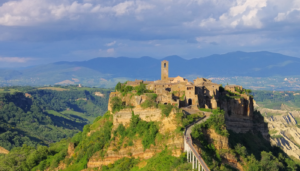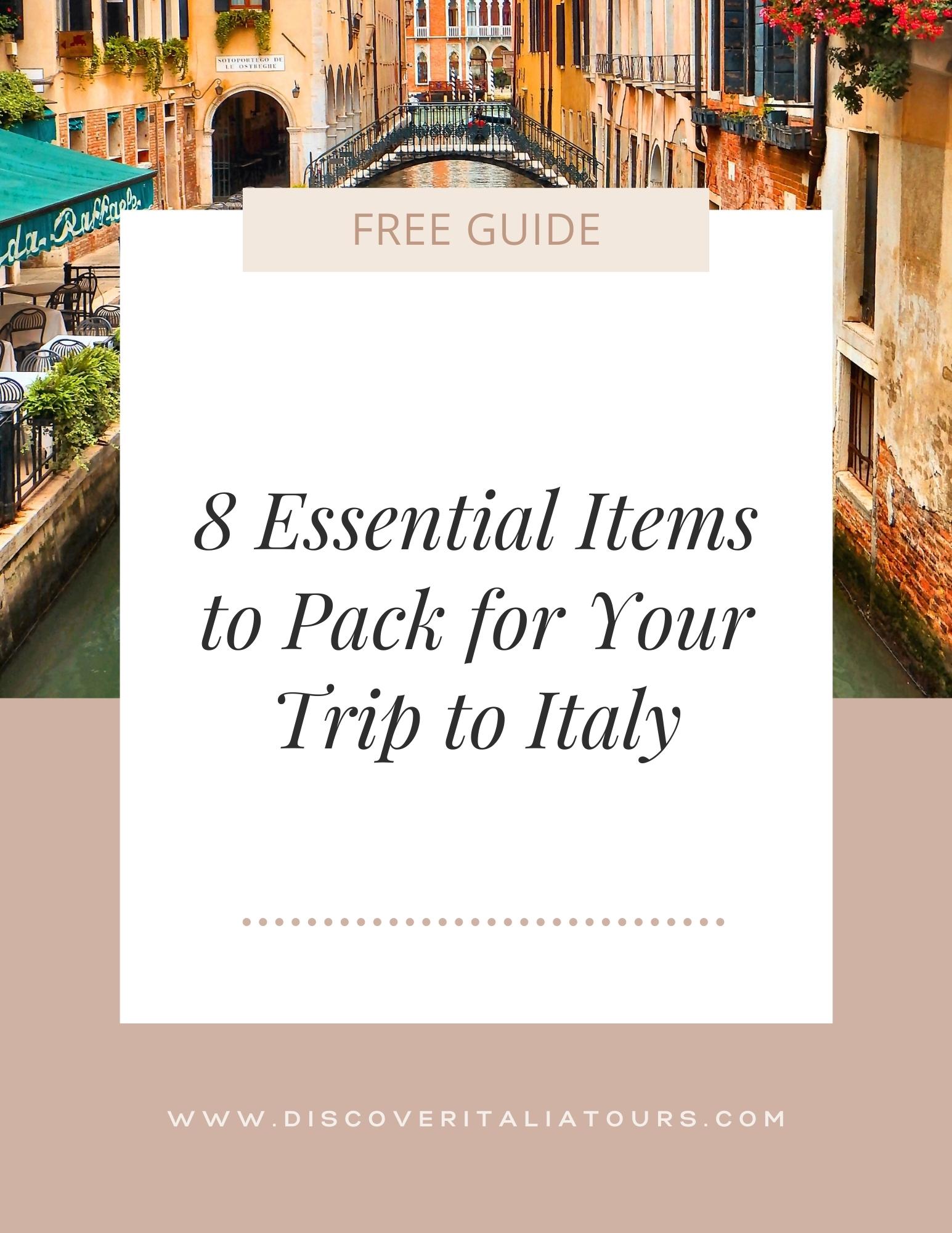Planning a trip to Italy involves more than just choosing your destinations; it also requires careful consideration of how you’ll navigate this beautiful country! With a variety of transportation options available (each with its own advantages and challenges), making informed choices can significantly enhance your travel experience. In this guide, we’ll provide an overview of the various ways to get around Italy, offering tips and considerations to make your journey seamless.
Trains: Fast Tracks Between Cities
Trains stand out as one of the most efficient ways to travel between Italian cities. The high-speed “Frecciarossa” trains, in particular, offer unparalleled convenience and can reduce travel time significantly. For instance, a journey from Rome to Milan takes just 3 hours by train compared to 6 hours by car. Depending on the place you call home, you may be impressed with the quality of trains also (even economy class)!
Prices vary, so booking early can secure more affordable fares. With both state-run (Trenitalia) and private (Italo) train companies operating, comparing prices and schedules is advisable. In addition to long trips between regions, “intercity” and “regionale” trains connect medium and smaller cities.
While trains are a great option, keep in mind that public transportation is subject to delays and strikes. Therefore it’s best to opt for train travel when you’re not under strict time restrictions!
Metro: Navigating Cities Underground
Italy’s major cities, including Rome, Milan, and Naples, boast efficient metro systems. The metro is a quick and convenient way to navigate within city limits, bypassing traffic and reaching key landmarks. Ticket prices are quite reasonable (especially with 3 day or week-long passes), and the metro can be a time-efficient option for exploring urban areas and accessing popular attractions.
Similar to train travel, delays and strikes can affect these public systems. You may also find that construction and renovations result in schedule changes or disruptions, so plan accordingly!
Cars: Freedom to Explore
Renting a car is an ideal choice for those planning to explore small towns and the countryside, offering a sense of freedom. While driving allows you to see more of the country, it comes with challenges such as finding parking in cities and navigating fast-paced driving, especially in cities like Rome and Naples.
Consider the cost of petrol (around €1.60 per liter) and the prevalence of manual transmission cars when deciding if driving is the best option for your destination and comfort level. You’ll also want to look out for ZTL Zones (Limited Traffic Zones). Many Italian cities have restricted zones where only residents and authorized vehicles are allowed. Violating these zones can result in fines, and navigating them can be challenging for tourists.
Flights: Time-Efficient Domestic Travel
Domestic flights become advantageous for specific routes, especially to islands or between the far north and south of Italy. Low-cost airlines offer affordable options, but be mindful of extra luggage charges. Flight travel can save time, but it’s essential to compare prices with other transportation modes before booking.
Buses: Expanding Networks
Buses have emerged as a viable mode of transportation, particularly in regions without an extensive railway system. Companies like Flixbus and Itabus have created a nationwide network, making it possible to reach almost any destination in the country. While buses are often cheaper than trains or planes, they require more time, making them an excellent choice for destinations in the south without nearby train stations.
Ferries: Scenic Sea Journeys
Ferries offer a scenic and romantic mode of travel, particularly for reaching islands like Capri, Ischia, Elba, Sicily, and Sardinia. While ferries provide a unique experience, consider the longer travel times for some routes, making flights a more time-efficient option unless you’re traveling with your own car. Don’t forget your Dramamine (or pick up something similar – Xamamina – in an Italian farmacia).
Additional Transportation Modes: Trams, Funiculars, & Motorbikes
Beyond the common modes of transportation, Italy boasts trams, funiculars, and motorbikes, providing unique ways to explore the country. Your specific travel style and preferences will ultimately determine the best mode of transportation for your journey.
Whether you’re navigating bustling cities or idyllic countryside, understanding the transportation options in Italy ensures a more enjoyable and efficient travel experience. For personalized guidance on the best ways to travel between your chosen destinations, we’re here to help. Buon viaggio!




